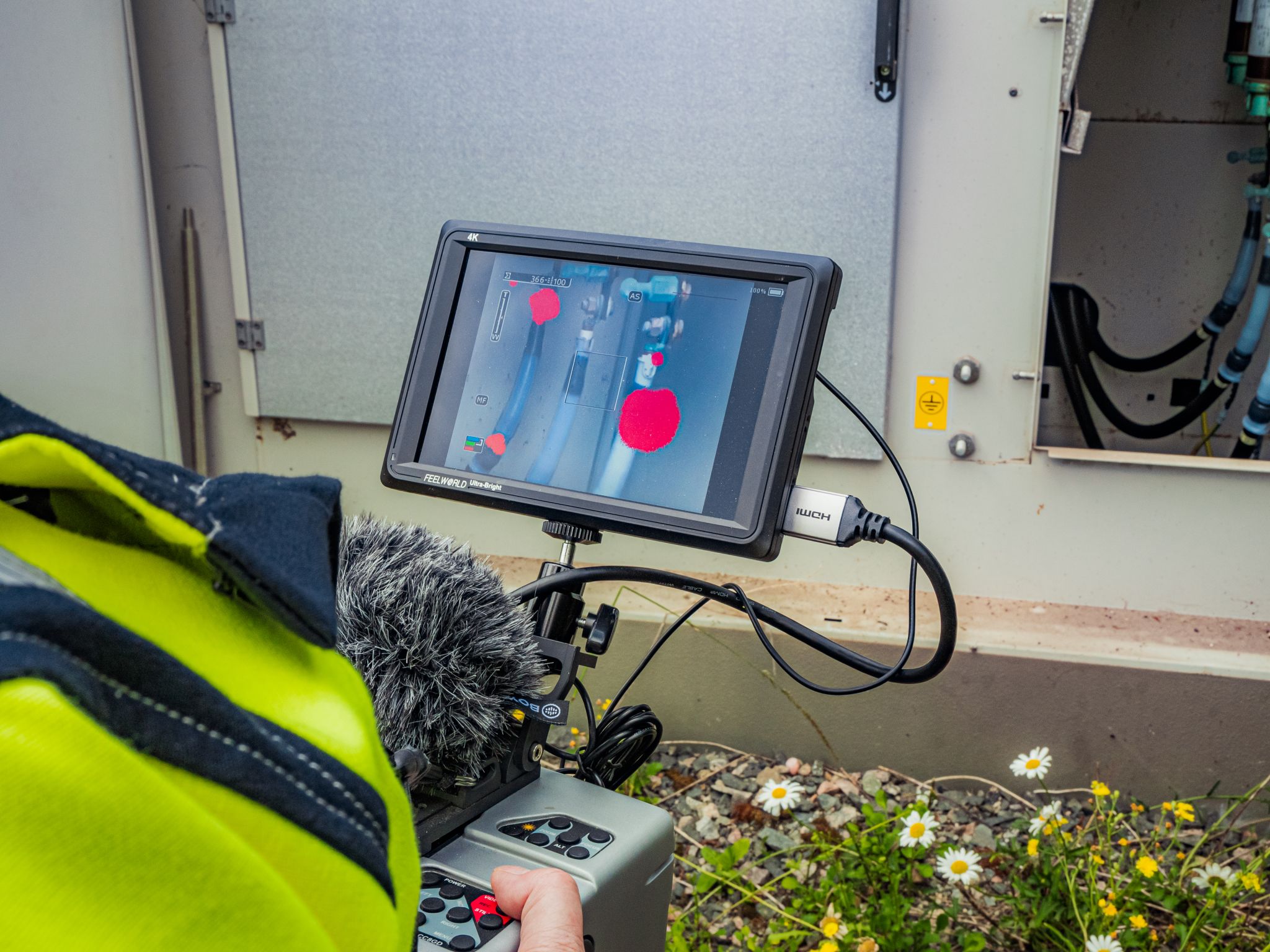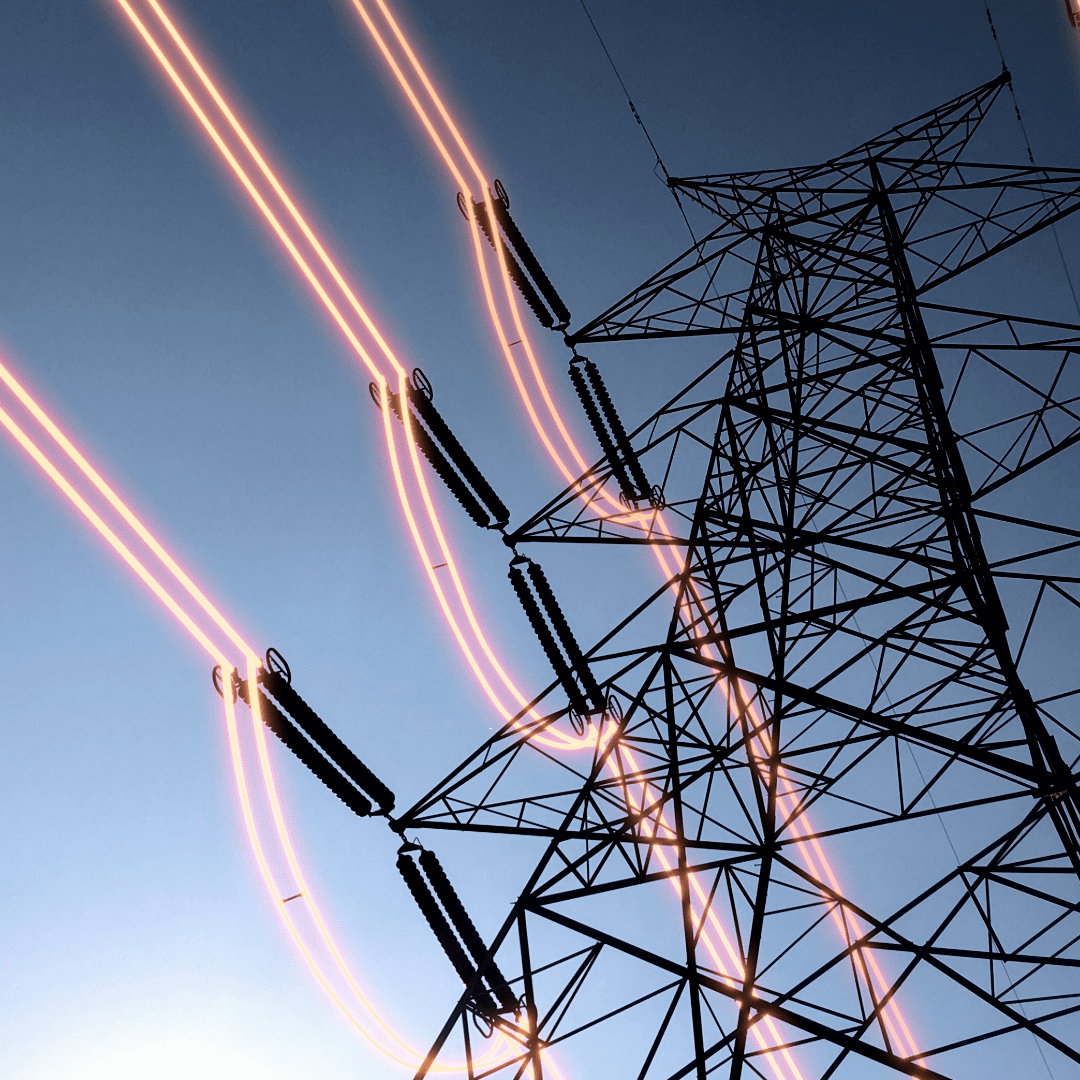A complex series of events occurred in a medium-voltage grid in Finland and was recorded by dLab’s smart platform. What initially appeared to be an isolated earth fault incident quickly became a chain of events involving multiple feeders. Here, Victor Bagge, an experienced power system engineer at dLab, analyzes the sequence of events while highlighting the importance of intelligent data analysis to diagnose and remedy complex disturbances in the distribution network.

On January 30th, 2023, dLab’s platform registered a series of events from a medium voltage grid in Finland that was rather complex at first glance, with multiple feeders involved.
Let’s take it from the beginning:
An earth fault appeared in feeder x. A few hundred milliseconds later, another earth fault started in feeder y, resulting in a cross-country fault. Both feeders were disconnected by the protection equipment in the substation. Consequently, two feeders were now out of service. The troubleshooting process started by attempting to re-energize feeder y. The fault was still persistent, which led to a new trip of the feeder almost immediately. Feeder x was re-energized, and the fault on that feeder was not present anymore at this time, so there was no new trip of that feeder for now.
After further investigation in the field of feeder y, the fault was found to be in the surge arresters in a secondary substation. The part of the substation with the faulty components was disconnected, and the feeder could be re-energized again.
This could have ended this disturbance, but about 1h 20 min after the first fault, the fault on feeder x reappeared again. Feeder x tripped, as expected, but this time another feeder, z, also tripped.
Now, things got a little more complicated. Was there another situation of cross-country fault, as just seen between feeder x and y, but now between feeder x and z instead?
Troubleshooting followed the routine of trying to re-energize the feeders. In feeder x, the fault reappeared almost immediately this time, so the feeder was left out of service, and a field investigation was started to find the fault. Feeder z was successfully re-energized and did not trip again.
The fault in feeder x turned out to be a tree branch that had broken off a tree and landed on the line, causing intermittent earth faults. At this time, the reason for the trip of feeder z was still unknown. The tree branch on feeder x was removed, and the feeder could be re-energized again.
The analysis results from dLab simplified the investigation
A thorough investigation of the events now needed to be done to ensure what happened and that appropriate measures had been taken.
Thanks to the dLab platform, all information about the events was readily available, and the automatic analysis of the fault recordings made the investigation work easier and quicker to carry out. The analysis results from the dLab platform gave a clear picture of the sequence of events described above.
After further investigation, the second fault in feeder x turned out to be a transient earth fault. This type of fault is a challenge even for the most modern earth fault protection relays to detect correctly, but the dLab patented algorithm clearly pointed out the faulted feeder. Due to this fault, feeder z also tripped, but thanks to the dLab analysis, it could quickly be ruled out as an erroneous trip.
It could be stated that there had been a fault in feeder x that led to another fault in feeder y. The reason this can happen is that the voltage in the two healthy phases rises when an earth fault occurs in the third phase. The rise in voltage should typically not cause any issues, but if there is a defect in the isolation somewhere in the grid, a second earth fault could occur there. In this case, it was due to incorrect mounting of the surge arrestors in the secondary substation on feeder y that the second earth fault appeared there.
The fault in feeder x (the tree branch) then reappeared, and it could also be found and resolved. At the same time, there was a trip in feeder z that could be ruled out as an erroneous trip, so no time needed to be spent looking for a non-existing fault on that feeder. The exact reason for the erroneous trip could be investigated further at a later occasion.
The surge arrestors were incorrectly installed, which led to a flashover due to the raised voltage when an earth fault appeared on another feeder.
How did the sequence of events look like in dLab’s platform?
1. The first event, 18:03:28, starts with an earth fault in feeder x phase 3. This earth fault goes on for 290 ms, and then, another earth fault appears in feeder y phase 2. This fault is in the surge arrestor and probably started because there was a defect causing a flashover when the voltage was raised in this phase due to the earth fault in phase 3.
This means that we now have a cross-country fault between x and y, which is basically a two-phase short circuit, only that it travels through the ground between the feeders. The current was around 730 A RMS, and this continued for 130 ms.


The first earth fault transient in feeder x can be seen to the left in the lower diagram, then at the second transient, the fault in feeder y starts. Looking at the voltage in the upper graph, the peak voltage in phase 2 was quite high, and this was too much for the voltage protector. Even if the voltage protector was designed to start leading at this level, what happened next was not within specifications which indicates a failure.
2. At 18:06:25, feeder y was re-energized. The earth fault remained in phase 2 and continued for 1156 ms. Then, the fault evolved into a two-phase short circuit together with phase 3 (this corresponds to the photo from the switchgear). This fault was present for 359 ms until it was cleared. The current was about 970 A RMS.

3. Reconnection attempt of feeder y with the fault still present was made. Another reconnection attempt followed by a trip is also noted a bit later at 19:05:51. Feeder x is successfully reconnected at 18:06:44. This concludes the first part of the disturbance.
4. About 1h 20 min later, the fault in feeder x returned as an intermittent earth fault. Feeder z trips first after 3,07 s (which it should not), then feeder x after 3,75 s.
5. Feeder x is re-successfully energized at 20:24:53 and feeder z at 20:25:14.
6. 37 seconds after the re-energization the fault appears again in feeder x as a stationary earth fault. A trip was followed by a rapid auto-reclose and another trip since the fault was still present. Feeder x is manually re-energized, only to trip again after 17 seconds with the same rapid auto-reclose and trip.
7. A few minutes later feeder x is re-energized and immediately shows a few intermittent earth fault transients, and 2 seconds later it trips. The last time feeder x trips is at 21:12:22. This concludes the second part of the disturbance.
Summary
- A tree branch in feeder x caused an earth fault in phase 3. This started another earth fault in feeder y phase 2 in a surge arrestor.
- The surge arrestor fault evolved to a short circuit together with the surge arrestor in phase 3.
- When the tree branch fault in feeder x continued, on one occasion, feeder z erroneously tripped for this fault.

Victor Bagge
Power System Engineer, dLab

